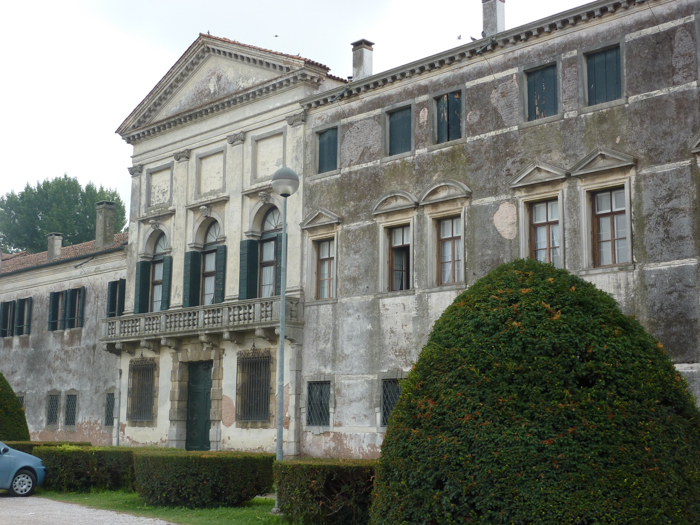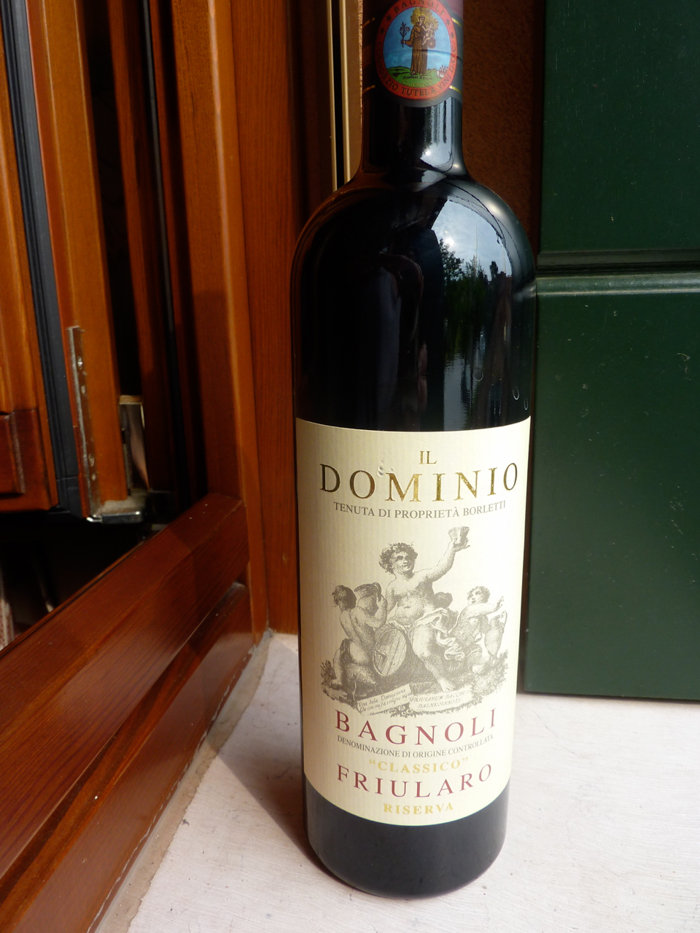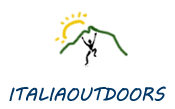The Bagnoli di Sopra DOC, established in 1995, covers an area that includes 15 municipalities in the Veneto province of Padua. The heart of this wine region is the town of Bagnoli di Sopra, an ancient Longobard village that grew up around the Benedictine monastery of San Michele Arcangelo. The Benedictine monks established themselves in this area, which was swampland when they arrived. These industrious monks set about reclaiming the land from the water, by building drainage and canal systems. Due to their hard work, cultivation of grapes and other crops became possible in this area.

For centuries, the wine produced here had been renowned in the neighboring villages, but its fame never went beyond the local boundaries. The DOC designation has begun to reverse this situation and make it possible for the producers of this wine to compete with other Veneto wines in the domestic and international markets.
The most interesting wine of this DOC is the Friularo, a full-bodied red made with the indigenous Raboso grapes, named after an affluent of the Piave. This is a round, mellow wine that is at its best after at least two years of aging. In its "Vendemmia Tardiva" (late harvest) version, the grapes are gathered only as they start to wither.

Some researchers believe that the Friularo wine hails from the Friuli region of Italy; transferred by the De Widmann family. Others disagree, claiming that in Veneto dialect it would be said friulan or furlan, coming from the Latin frigos or frius (cold), and aro, meaning “he who was”. Therefore Friularo is a grape that ripens with the cold. Friularo is an extremely late maturing grape and is traditionally harvested after the Bagnoli Friularo Festival, in October, and partly after the summer of St. Martin, in the second half of November. Friularo is also an exceptionally hardy variety, managing to survive the phylloxera epidemic in the late 18th century.
The river Adige today passes only a few miles away from the Bagnoli region: this alluvial terroir gives the wine a singular structure and body, and enhances the aromas through cool summer nights.

The oldest known document that speaks about Bagnoli, the donation act by the Duke of the Lombards to the Bishop of Padua in 954, describes the presence of land with a vast amount of vineyards. The “Dominio” then passed to the Order of the Benedictines. Many documents of the 13th and 14th centuries refer to donations of land with vineyards and to rents paid with a third plus a tenth of the wine produced to the Benedictine Court of Bagnoli, also known as “San Michele Arcangelo”.
In 1450, the management of the “Dominio” was entrusted to the Order of “Santo Spirito”. A deed of sale of 1656, between Pope Alexander VII and Count Widmann, of the “Dominio di Bagnoli”, corresponds roughly to the DOC region today. In fact, the cellars of the 13th century, built by the Benedictines were then developed by Count Widmann in the 17th century. These cellars are today an Italian National Monument, and still exist and function in the “Centro Storico” of Bagnoli di Sopra.
Wines within the Bagnoli di Sopra DOC include:
Whites:
Bagnoli di Sopra Bianco: Chardonnay 30-70%, Sauvignon Blanc or Fruilano, 20-60%, Raboso Piave and/or Raboso Veronese, 10-50%, and other local white varietals, up to 10%
Rose:
Bagnoli di Sopra Rosato: Raboso Piave and/or Raboso Veronese, at least 50%, Merlot, up to 40%, other local non-aromatic reds, up to 10%

Red:
Bagnoli di Sopra Rosso: Cabernet Franc and/or Cabernet Sauvignon and/or Carmenere, at least 15%; Raboso Piave and/or Raboso Veronese, at least 15%, Merlot, 15-60%, other local non-aromatic reds, up to 10%
Bagnoli di Sopra Friularo: Raboso Piave 90%, other local non-aromatic varieties, up to 10%. Friularo Vendemmia Tardiva - a late harvest version of the same. Riserva and Classico Riserva also available.
Bagnoli di Sopra Cabernet: At least 85% Cabernet. Riserva and Classico Riserva also available.
Bagnoli di Sopra Merlot: At least 85% Merlot. A Riserva and Classico Riserva is also available.
Passito:
Bagnoli di Sopra Passito: A white passito, from Raboso Piave and/or Raboso Veronese, 705, other local varietals, up to 30%.
Spumate:
Bagnoli di Sopra Spumante Bianco and Rosato: Raboso Piave and/or Raboso Veronese, at least 40%; Chardonnay, at least 20%, other local non-aromatic varieties, up to 10%.


